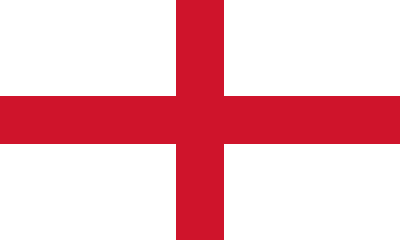


The London Eye is a giant Ferris wheel situated on the banks of the River Thames in London, England. The entire structure is 135 metres (443 ft) tall and the wheel has a diameter of 120 metres (394 ft).
It is the tallest Ferris wheel in Europe, and the most popular paid tourist attraction in the United Kingdom, visited by over 3.5 million people annually.




The Isles of Scilly form an archipelago off the southwestern tip of the Cornish peninsula of Great Britain.
Since 1890 the Islands have had a local authority separate from Cornwall's, but some services were combined with Cornwall and the islands are still part of the ceremonial county of Cornwall; the authority has otherwise had the status of a county council since the passing of the Isles of Scilly Order 1930








